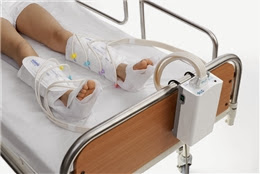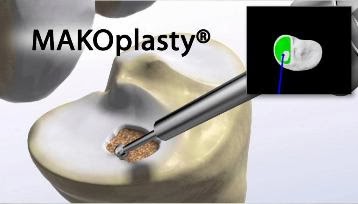Obesity and Joint Replacement Surgery
Infection Risk After Knee Replacement Skyrockets in Morbidly Obese
The benefits of joint replacement should be carefully considered since there is a high risk of infection when joint replacement is performed in patients that are morbidly obese (defined as BMI > 30).
Study from July 2012 Journal of Bone and Joint Surgery.
Infection rate if normal weight is 4 in one thousand cases.
Infection rate if morbidly obese is 1 in ten cases.
A morbidly obese person is 25 times more likely to suffer an infection after joint replacement.
These risks are even higher if there is both Diabetes and Obesity.
The mental, physical and monetary cost to treat an infected total joint include minimum 2 more surgeries including removal of implant for a period of months, mobility with a walker, hard to drive and go to work for months, intravenous antibiotics for 4-8 weeks, and cost is at least $50,000 “extra” compared to no infection.
Current best practices recommend advising most patients to optimize body weight and exercise to improve leg function prior to Total Joint Replacement surgery. There are rare exceptions when the benefits of surgery warrant taking such a high risk.
Obesity Doubles Failure Rates After Total Knee Replacement
Conclusions:
Patient Health Optimization: Why You Have To Lose the Weight Before Knee Surgery
Patient Health Optimization is the most significant issue patients and their Orthopedic Surgeons face today.
Optimize body weight, control diabetes and stop smoking.
Why ?
Show the doctor that you are willing to help yourself by losing weight and exercising regularly – if you can not help yourself with weight loss and exercise prior to surgery studies shows it is unlikely that you will be able to make these changes after the surgery. Surgeons are unlikely to initiate a treatment path that has a high likelihood of a poor result or a serious complication.
Better outcomes: Studies show higher satisfaction rating by patients with optimal health status.
Lower chance of complications: If a patient has the above risk factors which are out of control the chances of problems/pain after Knee Replacement with a Failure of the Surgery (instability, bone fracture, continued pain, infection) are a strong possibility. IT IS NOT EVEN WORTH TRYING THE SURGERY IF THE ABOVE FACTORS EXIST – a disappointing result is to be avoided.
Live longer: Above risk factors shorten life expectancy up to 6 years.
Feel Better: This speaks for itself – if your health is optimized you feel better and will live a happier life.
How to Lose Weight on your own:
Change your behavior patterns regarding eating and exercise
Eliminate wasted calories – Soda/Sweetened drinks is number one
Keep a record of what you eat – Food Journals are shown to be effective way to help with weight loss.
Whether your knee hurts or not – Exercise 30 minutes every day – even if you are tired or do not have time.










 Dr. Tarlow utilizes the world’s most advanced orthopedic robotic arm and computer software system at HonorHealth’s
Dr. Tarlow utilizes the world’s most advanced orthopedic robotic arm and computer software system at HonorHealth’s 


